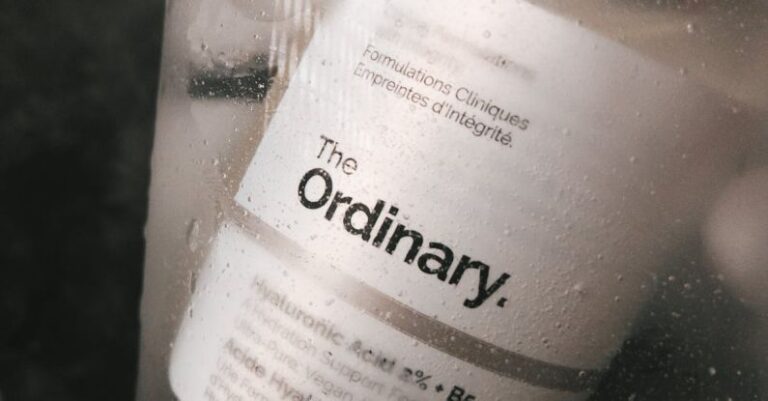
When you pick up a medication, skincare product, or dietary supplement, you may notice the list of ingredients on the packaging. Among those ingredients, you’ll often find two categories: active and inactive. Understanding the difference between these two types of ingredients is crucial for making informed decisions about what you put in or on your body. Let’s delve into the distinctions between active and inactive ingredients to shed light on their roles and significance.
**Active Ingredients: The Power Players**
Active ingredients are the components in a product that provide the intended therapeutic effect or produce a specific physiological response. These are the key players that make the product effective in treating a condition or delivering a particular benefit. In a pain relief medication, for example, the active ingredient is the compound responsible for alleviating pain, such as ibuprofen or acetaminophen. When it comes to skincare, active ingredients could include retinol for anti-aging effects or salicylic acid for acne treatment.
The potency and concentration of active ingredients are carefully regulated to ensure that the product delivers the desired results without causing harm. The effectiveness of a product often hinges on the quality and quantity of its active ingredients. Therefore, when selecting a product for a specific purpose, it’s essential to pay attention to the active ingredients listed on the label.
**Inactive Ingredients: The Supporting Cast**
While active ingredients take the spotlight for their therapeutic effects, inactive ingredients play a crucial role in the overall formulation of a product. Inactive ingredients, also known as excipients, serve various functions such as enhancing the product’s stability, texture, appearance, taste, or absorption. These components support the active ingredients and help deliver them in a safe and effective manner.
Common inactive ingredients found in medications and skincare products include fillers, binders, preservatives, coloring agents, and flavoring agents. In dietary supplements, inactive ingredients may include substances used as carriers or to improve the product’s shelf life. While inactive ingredients may not directly contribute to the product’s primary purpose, they are essential for maintaining the product’s quality and ensuring its usability.
**Key Differences and Importance**
One of the primary distinctions between active and inactive ingredients lies in their roles and functions within a product. Active ingredients are responsible for the product’s therapeutic or beneficial effects, while inactive ingredients support the formulation, stability, and overall user experience. Understanding this difference is crucial for consumers, as it can help them make informed choices based on their specific needs and preferences.
When evaluating a product, it’s essential to focus on the active ingredients to determine whether they align with your desired outcomes. Whether you’re seeking pain relief, skincare benefits, or dietary support, the active ingredients are the ones that will deliver the promised results. However, considering the inactive ingredients is also important, especially if you have allergies or sensitivities to certain substances.
**Choosing Wisely: The Impact of Ingredients**
The ingredients in the products we use can have a significant impact on our health and well-being. By discerning between active and inactive ingredients, consumers can make more informed decisions about the products they purchase and use. Whether it’s selecting a medication for a specific ailment, a skincare product for targeted benefits, or a dietary supplement for nutritional support, understanding the role of each ingredient can help ensure that you are choosing products that align with your needs and preferences. Next time you reach for a product, take a moment to review the ingredients list, focusing on both the active and inactive components to make a more educated choice.





